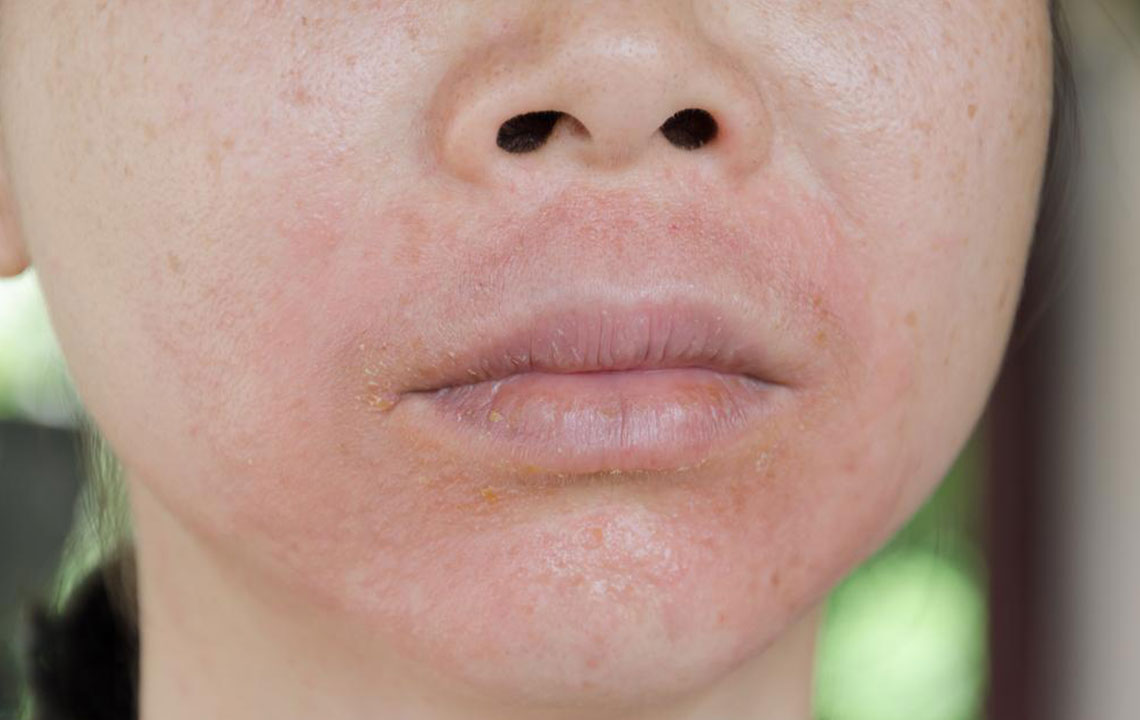
Symptoms
A Brief Overview of Dry Eye Syndrome
Dry eye syndrome is a disease that is commonly characterized by a condition in which eye fails to make enough tears or tears quick evaporate. Dry eyes become red and swollen, and this causes pain and irritation in the eye of a sufferer. Dry eye syndrome is also called keratoconjunctivitis sicca or dry eyes. People 50 years or older are prone to suffer from this syndrome. There are 5 million Americans suffering from dry eye syndrome. Dry eye syndrome is more common in women than in men. Women who are pregnant or taking hormone replacement therapy or experiencing menopause are at risk of dry eye syndrome. Here are many underlying conditions that can increase the risk of dry eye syndrome. If someone has chronic eye allergies, thyroid diseases, rheumatoid arthritis, lupus or any other immune system disorder, exposure to keratitis or vitamin A deficiency, they are at risk of contracting dry eye syndrome than those who do not have any of the above-mentioned conditions. Symptoms The symptoms of dry eye syndrome are usually mild in case of most people. Severe cases of dry eye syndrome are painful and difficult to treat. Symptoms that are commonly found in people suffering from dry eye syndrome are:












